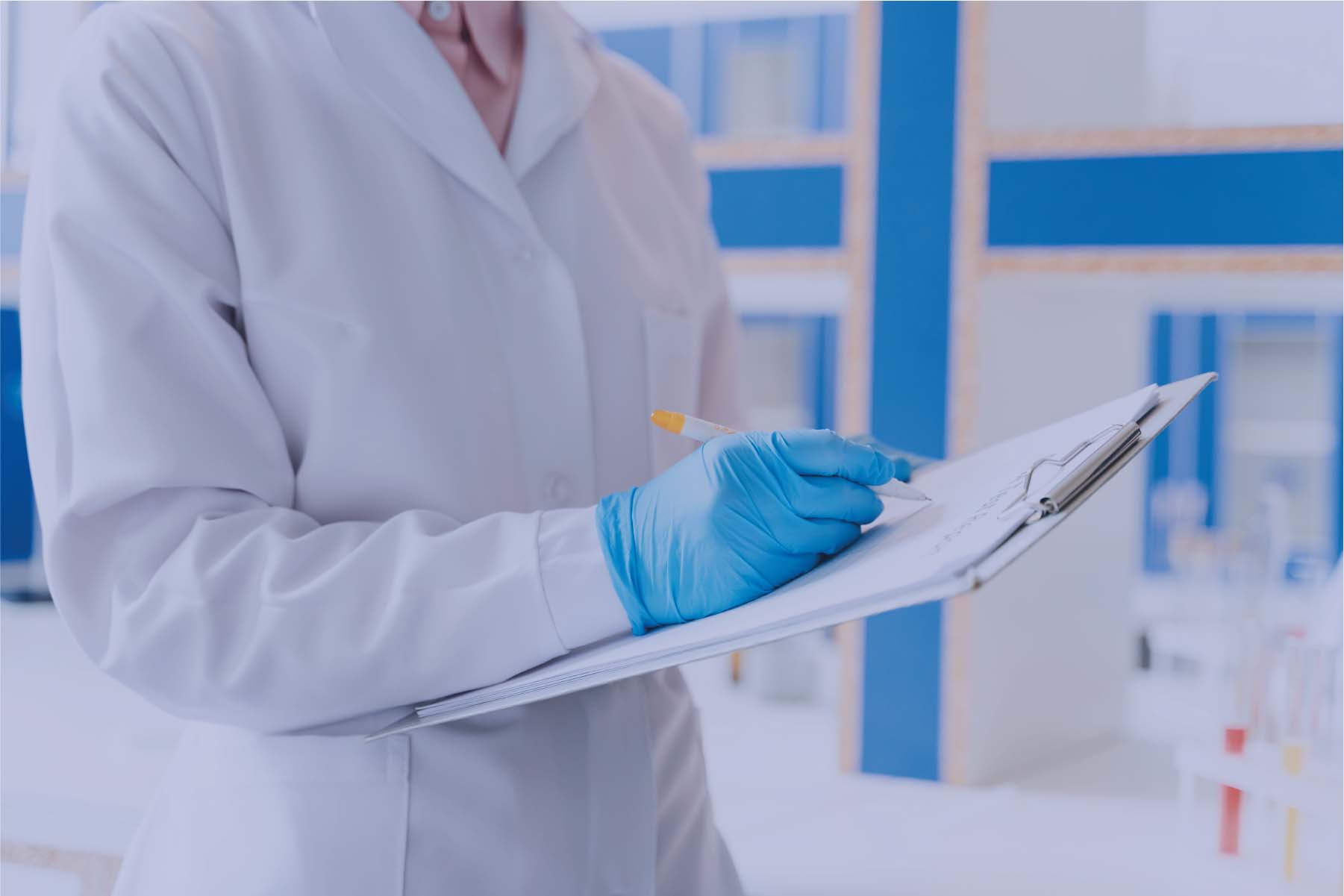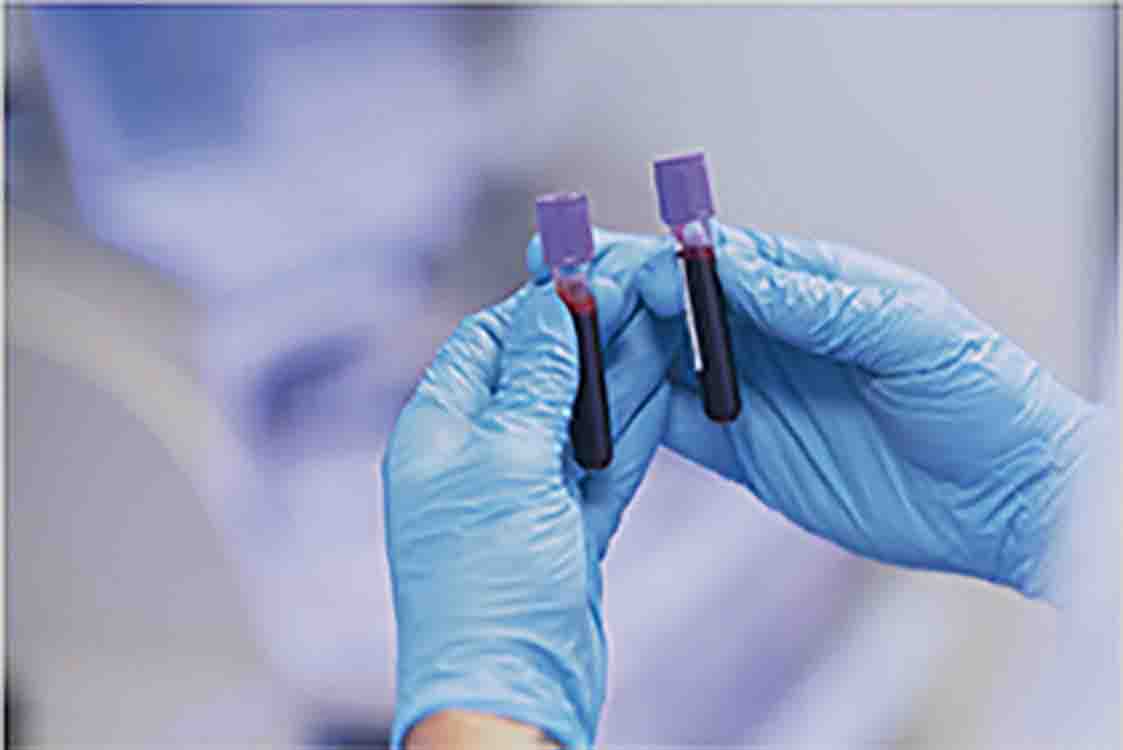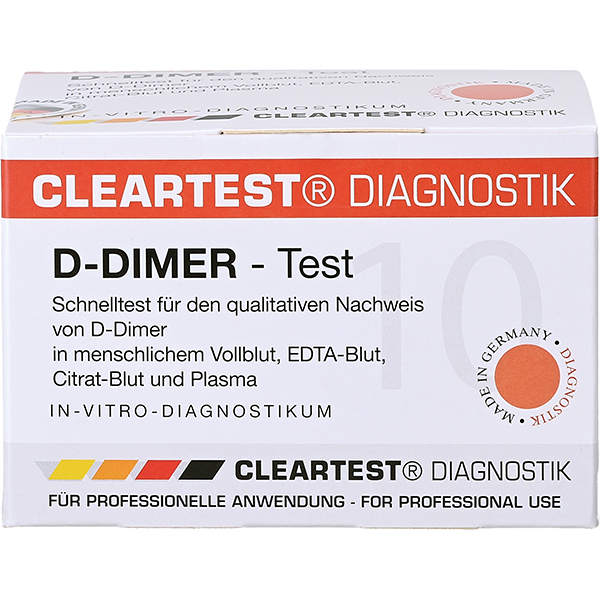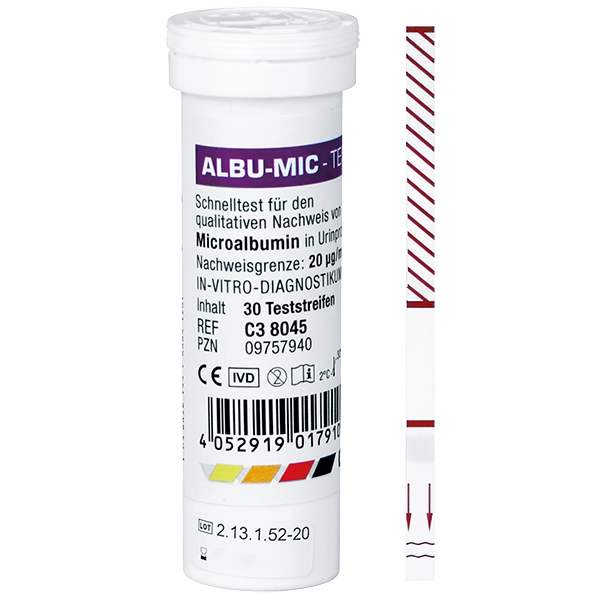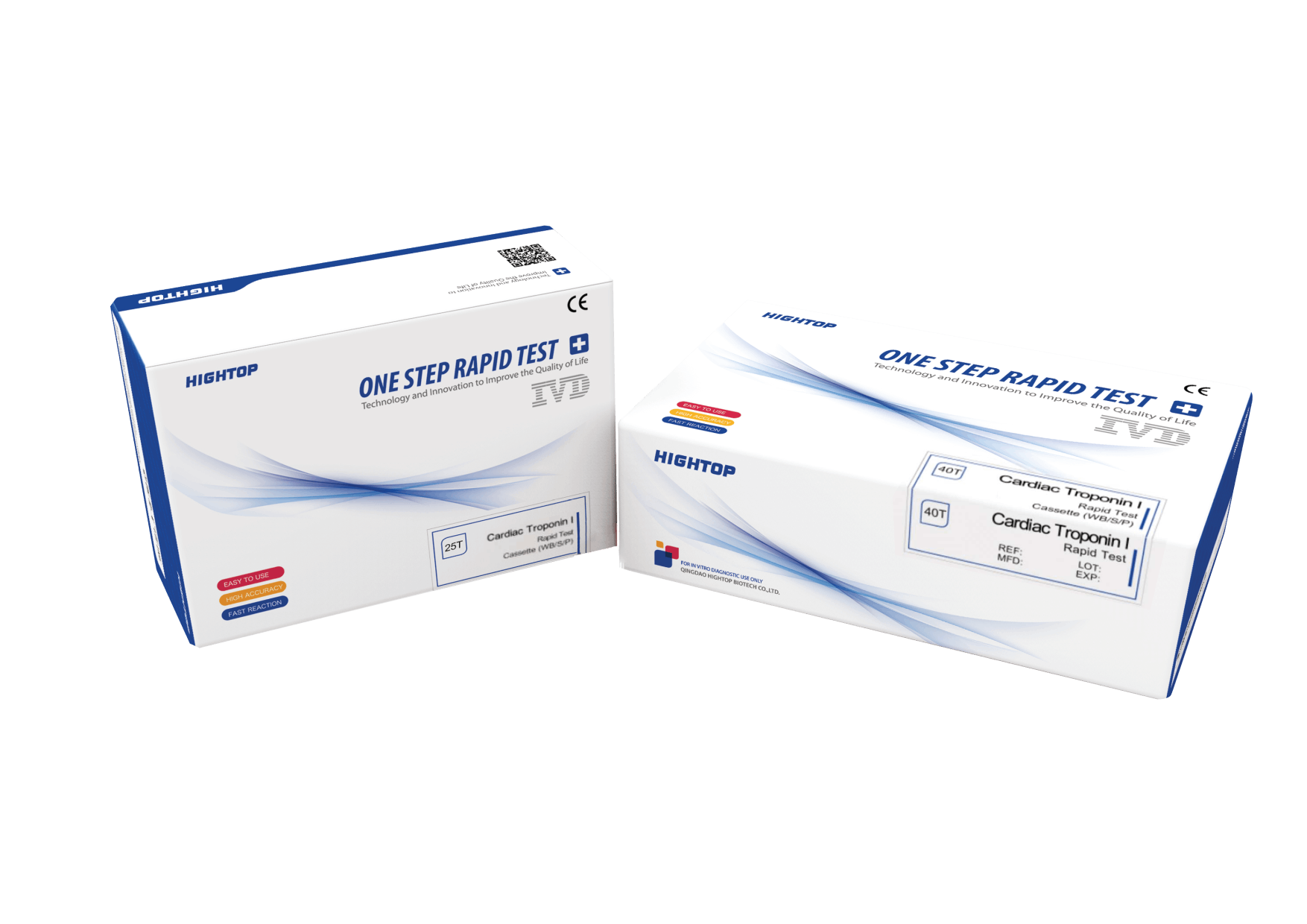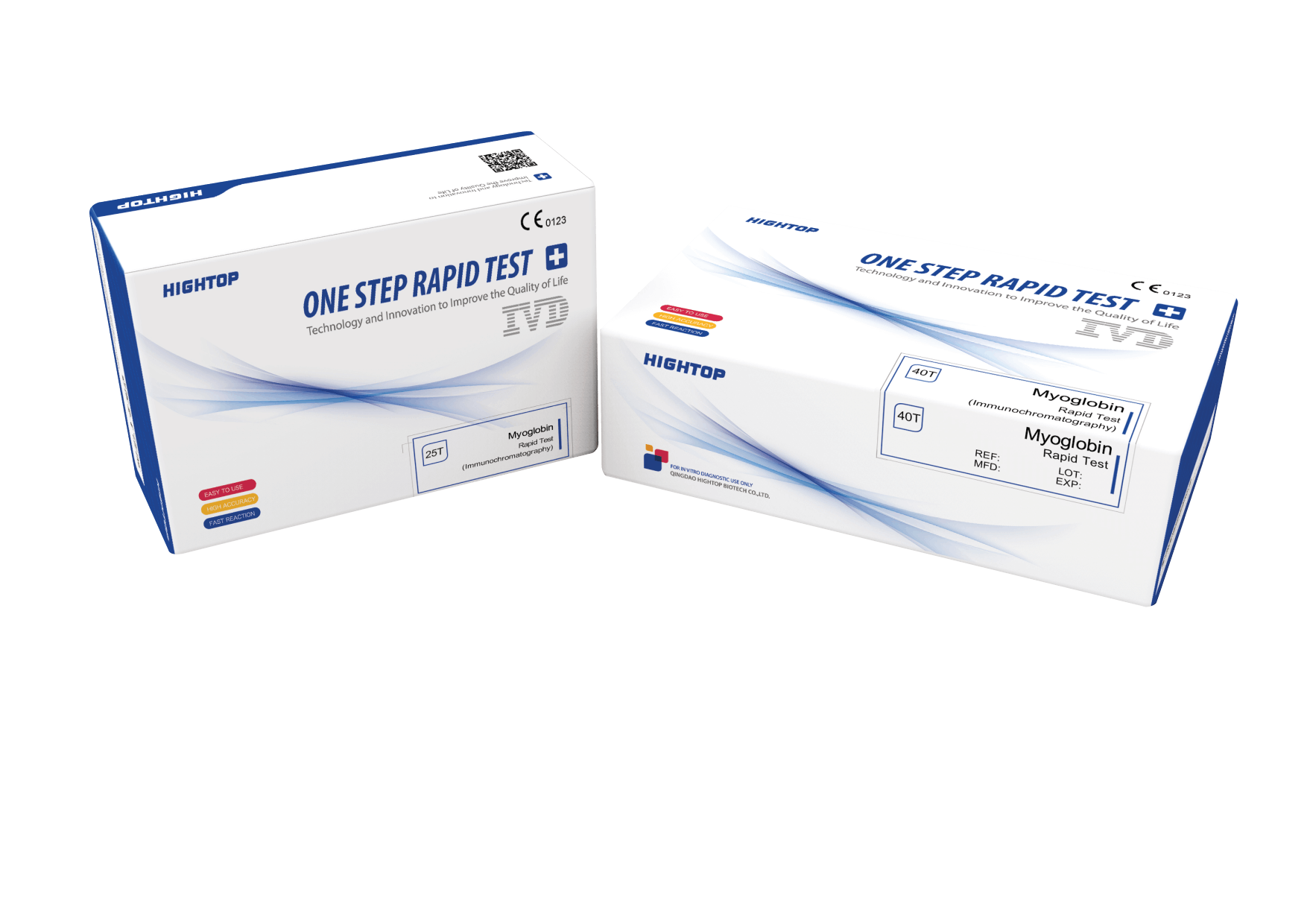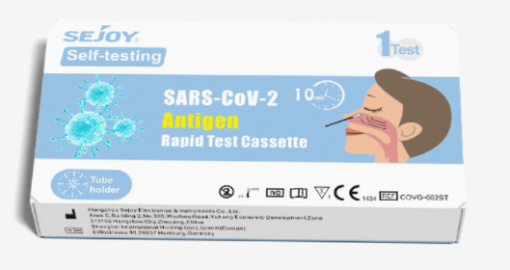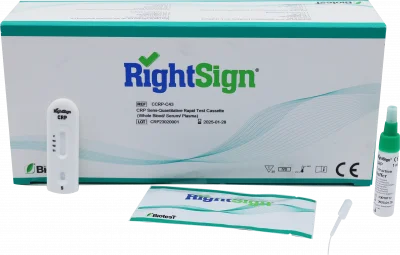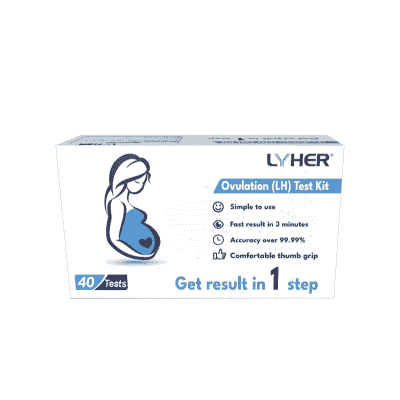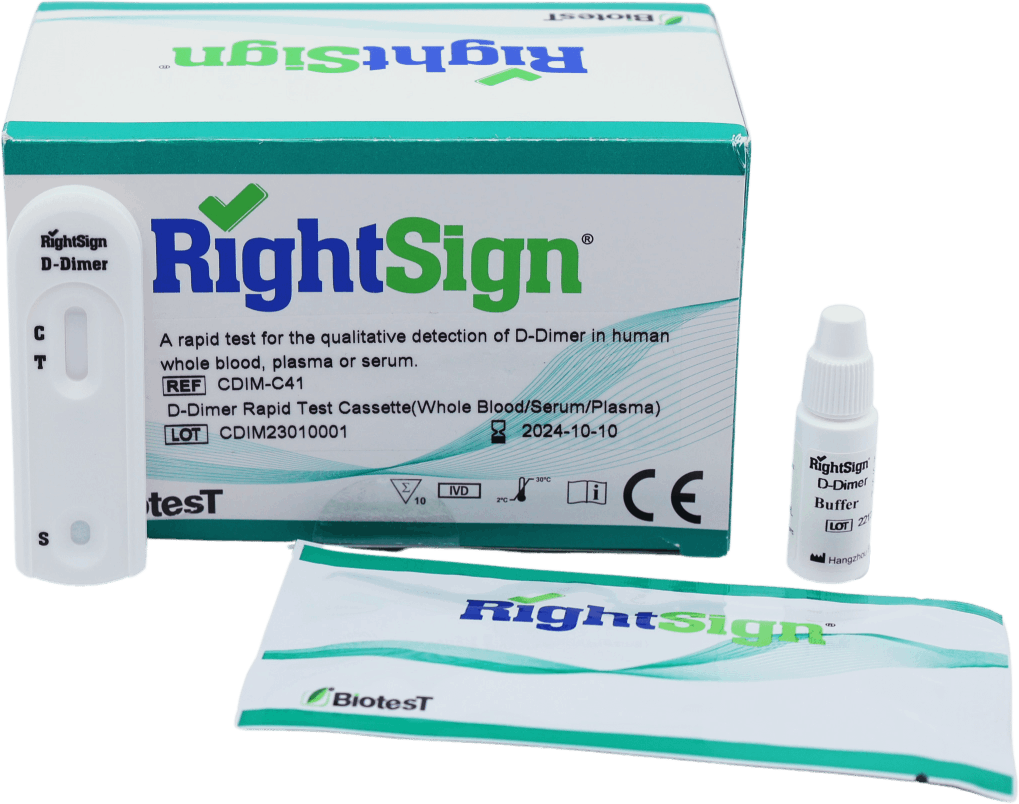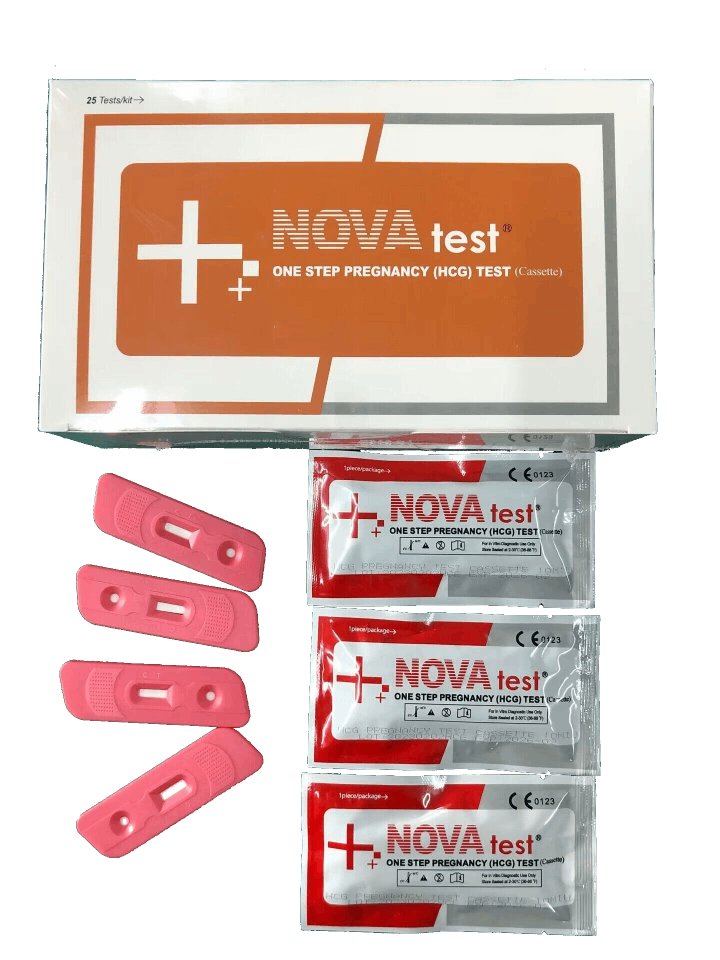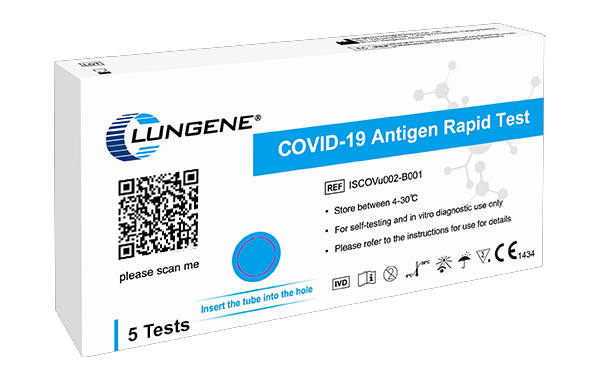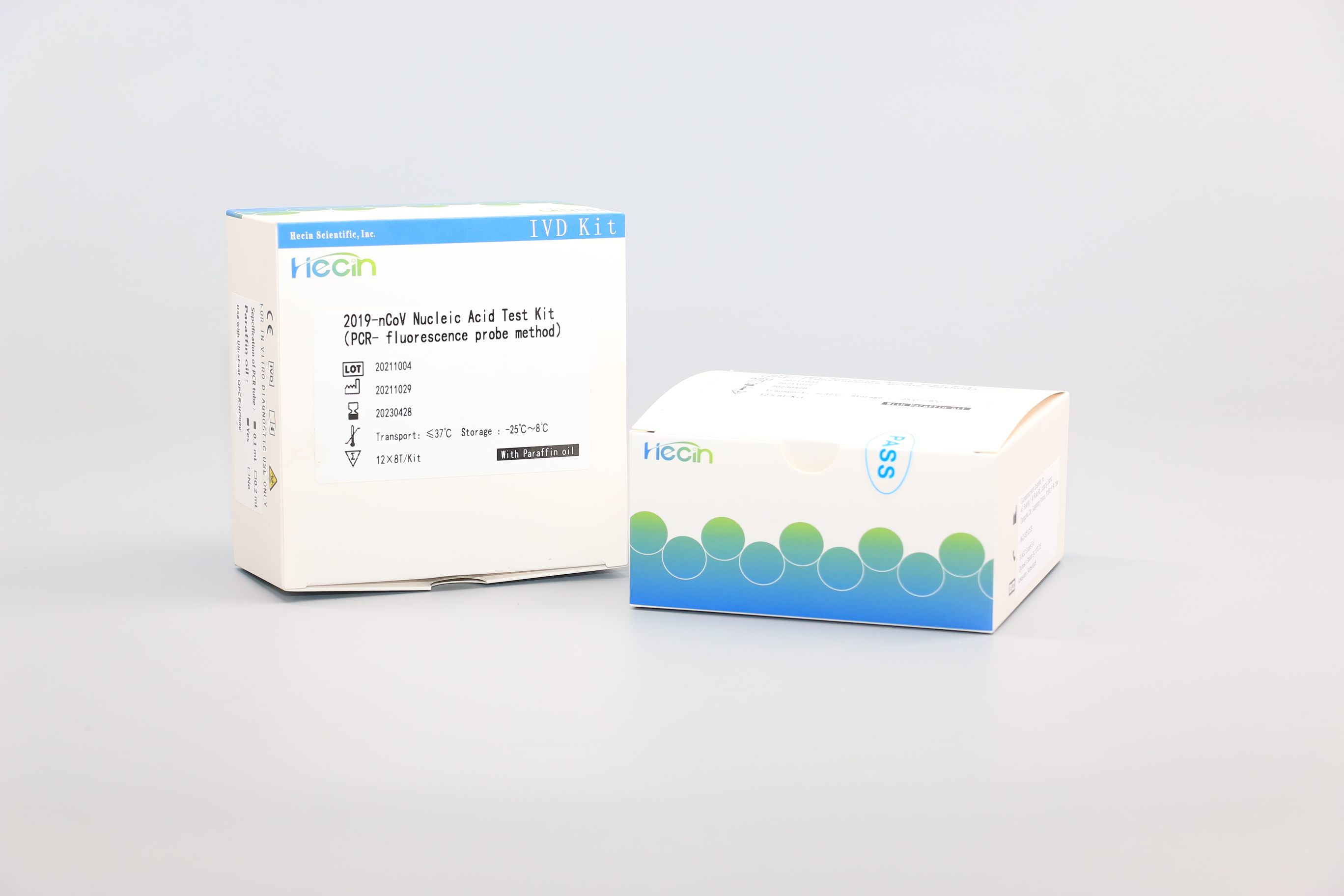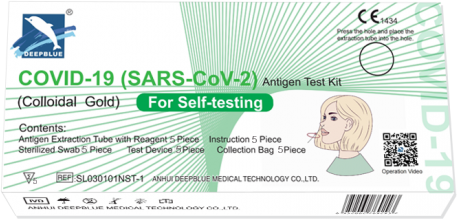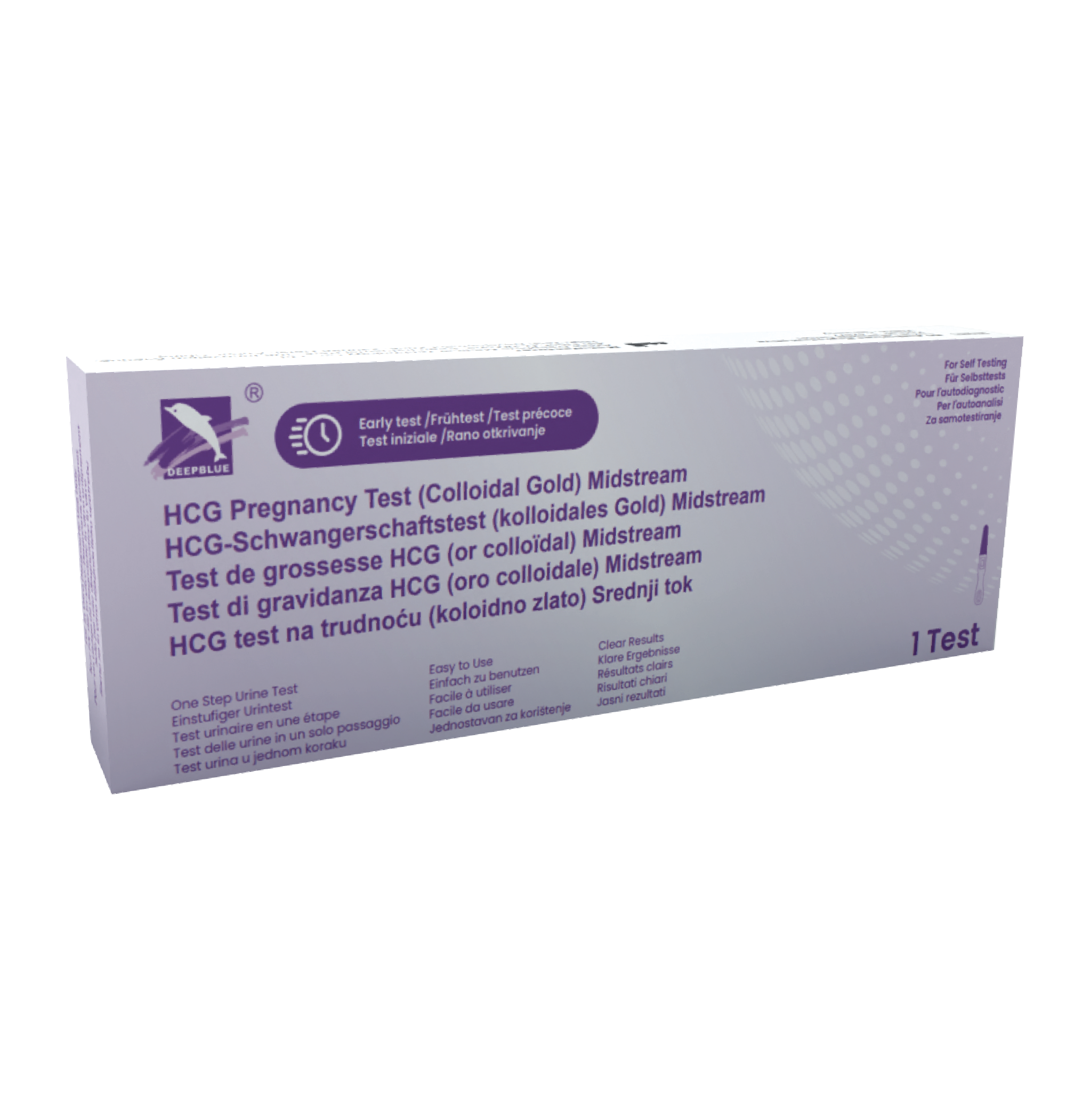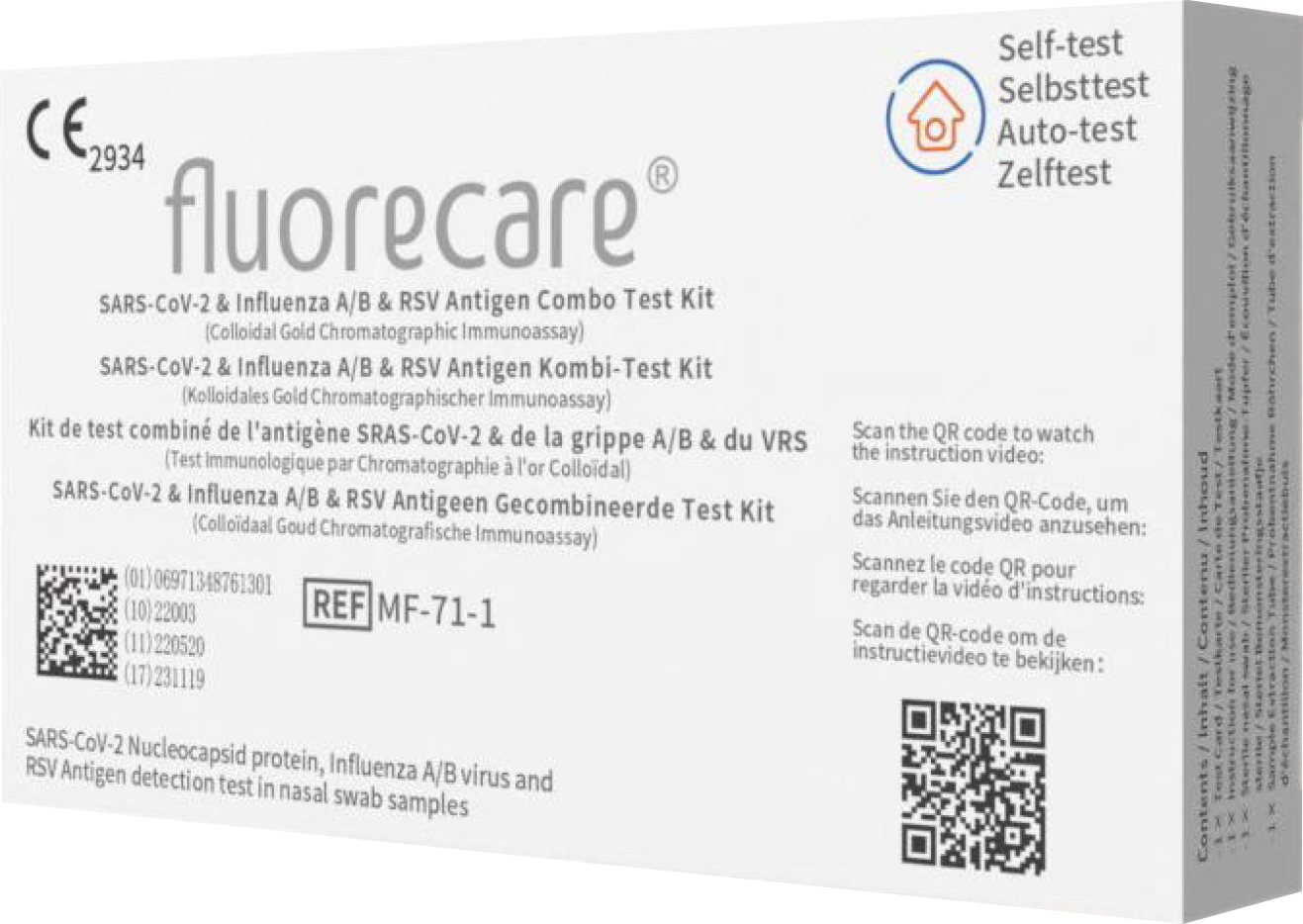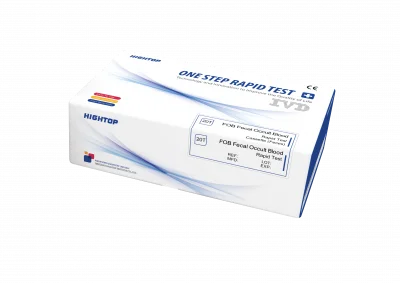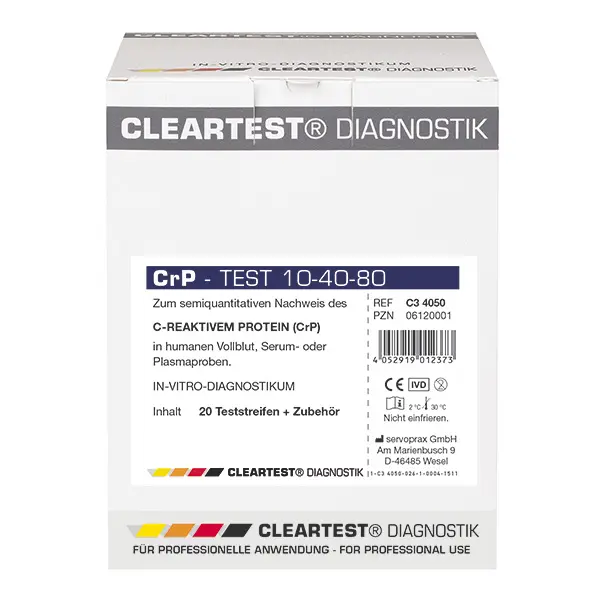Buy Sampling Products
At OdemShop, we offer a selection of products for various types of sampling. Whether you need a nasal and throat swab or a blood sample, we have the solution.

Sampling Methods
Mastering sample collection is the cornerstone of diagnostic accuracy for medical professionals, purchasing managers, pharmacists, and doctors. At Odem, we recognize the precision and care required in this vital task and provide an array of sample collection tools that are not just efficient, but also designed to meet the highest standards of quality and affordability. Our selection, compliant with EU regulations and CE certified, ensures that every procedure, from venipuncture to biopsies, is executed with unparalleled precision.
Our commitment to customer-centricity means we listen and respond to the needs of the healthcare community, ensuring that every product we offer, from blood collection sets to urine sample containers, embodies practicality and ease of use. The real-world benefit of our supplies is tangible; for instance, a doctor can swiftly administer a blood test with our ergonomically designed syringes, minimizing patient discomfort and enhancing the efficiency of the procedure.
Understanding Sampling Methods
Understanding the advantages of different sampling methods ensures we're selecting the most appropriate and effective approach for our specific diagnostic needs. It's about balancing the precision of the data we need against the challenges in sample collection.
Each method, from nasal swabs to blood samples, has particular strengths that make it suitable for certain conditions. However, these methods also come with various challenges, such as ensuring the integrity of the sample during collection and transportation.
We must navigate these complexities with expertise, as the accuracy of our medical tests hinges on the quality of the sample we procure.
Evaluating Purchase Options
Evaluating Purchase Options for medical test kits is a crucial task that demands excellence and precision. At Odem, we understand that medical professionals, purchasing managers, pharmacists, and doctors are in search of dependable, cost-effective, and user-friendly diagnostics. Our meticulously curated range of medical test kits not only meets but exceeds EU standards, featuring CE certifications and ensuring unparalleled accuracy.
Odem's mission is to lead the way in innovating the medical supply market, with a steadfast commitment to affordability and customer-centricity. By offering first-rate medical test kits that address the specific needs of the European healthcare system, we're actively pioneering a more accessible and efficient healthcare future.
Nasal and throat swab
The nasal and throat swab is one of the common methods of sampling to determine the presence of coronavirus. For this, a cotton swab is inserted into the back of the nose or inhaled. The cotton swab is then placed on a slide for microbiological testingto determine virus particles. In addition, the swab can be used for combination tests to diagnose various infections, such as Corona self-tests, which are very popular nowadays. There are also some FOB self-tests that allow patients to have their results sent home. Some tests can also detect specific values, such as D dimer or CK MB.
Urine tests as sampling
It is a common assumption that urine tests provide reliable results. To verify this, we examine the method of sampling urine, liquid samples, and their role in the validity of the results. Nasal and throat swabs can also be used for certain tests, but because they are usually very invasive, we limit our discussion here to urine samples.
Urine samples are used to diagnose and track a variety of diseases. Examples includemicro-albumin, FOB test, and other routinely prescribed tests. Because collecting a urine sample is relatively easy, this method is the first choice. However, the sample must be collected correctly so that the results are not erroneous or incomplete. In addition, all necessary pre-analysis measures must be taken into account, especially when transporting the material to the laboratories. This helps to ensure trouble-free results.
Therefore, careful study of the sampling method is crucial to extract accurate information from the test material. Thanks to the use of state-of-the-art technologies both in the laboratory and in the collection of the material at the point of care (PoC), it is now possible to obtain precise diagnostic results with high accuracy and reliability. This opens up new avenues for effective treatment of patients - which ultimately serves our common goal: health for all people. Next up is stool testing.
Stooltests
Stool testing is another important test that people can perform. There are several methods of sampling, from FOB self-testing to testing in laboratories or doctors' offices. The advantage of the FOB test is that it is quick, uncomplicated and does not require special instructions. In laboratories and medical practices, a special kit is usually used to be able to take samples. Usually, it is a sterile container filled with a solution that is used to analyze the stool.
Bloodtests
Blood tests are one of the most effective methods as sampling to detect diseases. They can be performed on a variety of occasions to monitor a patient's health and identify potential problems. There are many different types of blood tests, but here are some of the most common:
Laboratory analysis: this is the most common type of test, in which a drop of blood is taken from the finger or vein in the arm and analyzed in a laboratory. The test results can provide information about the general condition of the body; cholesterol levels, sugar levels, and inflammatory markers are determined.
Radiological tests: These include X-rays and computerized tomography (CT) scans. These procedures help you examine internal organs and identify any tumors or other findings.
Endoscopic tests: these are invasive procedures using specially made instruments that are used to remove tissue samples for diagnosis of disease or deviations from normal. Examples include colonoscopies (colonoscopy) or bronchoscopies (lung), which are performed directly inside the patient's body.
It is therefore up to the medical staff to weigh up whether a particular type of sampling is particularly suitable and to what extent this procedure should be used - after all, this is the only way to respond optimally to individual needs. Advantages are fast results, precise data collection and high safety standards, but disadvantages such as high investment, time-consuming process and possible risk of side effects and allergies, must also be considered.
Sampling Procedure Nuances
Sampling Procedure Nuances are the cornerstone of diagnostic accuracy, and at Odem, we deeply understand the gravity of this statement. For medical professionals, purchasing managers, pharmacists, and doctors, the impeccable execution of sampling procedures isn't just a step in their routine; it's the foundation upon which reliable patient care is built.
Emphasizing Sterility, Odem's collection kits are designed with top-grade, sterile materials to virtually eliminate the risk of contamination. For instance, a pharmacist conducting a blood glucose test can trust in our vacuum-sealed syringes to maintain the purity of blood samples.
Proper Labeling is critical, and our products feature intuitive labeling solutions that conform to EU standards, ensuring no vital sample is ever compromised by misidentification.
Knowing the significance of Timing, our collection devices are engineered for rapid yet accurate sample gathering, maximizing the integrity of every specimen collected at the critical moment.
At Odem, we pride ourselves on our customer-centric approach, offering affordable, high-quality medical supplies that enhance daily medical practices. Our mission is to innovate the healthcare market, ensuring that every medical professional across Europe has access to the tools they need for accurate diagnostics. We're committed to leading the charge towards a more efficient, cost-effective healthcare system - a system where Sampling Procedure Nuances aren't just understood, but mastered with ease and reliability.
Navigating Medical Test Types
Medical Test Types play a crucial role in the realm of healthcare diagnostics, forming the backbone of modern medical practices. At Odem, we understand that each medical professional, from pharmacists to doctors, requires exceptional precision and unfailing accuracy in diagnostics to make informed decisions. Our catalog of medical tests is designed to meet these needs while adhering to EU standards, complete with metric units and CE certifications.
Navigating the complexities of Medical Test Types, such as the RT-PCR and Antigen tests, demands high-quality collection tools that ensure high sensitivity and specificity. For instance, our Nasal/throat swabs are meticulously designed to optimize specimen collection for RT-PCR tests, which are pivotal in detecting COVID-19 with remarkable precision. The Antigen tests in our range are paired with swabs that are both gentle on patients and effective in sample retrieval, balancing comfort and performance for medical professionals.
Frequently Asked Questions about Types of Sampling
What is sampling?
Sampling is the process of taking a sample of a material or fluid to test for the presence of infectious agents or other substances.
What types of samples can be taken for infection testing?
Several types of specimens can be used for infection testing, including blood, urine, stool, nasal and throat swabs, and saliva.
What is a nasal swab?
A nasal swab is a type of specimen collection in which a long swab is inserted into the nostril to collect a sample.
What is a throat swab?
A throat swab is a type of sampling in which a long swab is inserted into the throat to collect a sample.
How are urine samples collected?
Urine samples are usually collected by urinating into a cup or special container.
How are stool samples collected?
Stool specimens are usually collected by emptying stool into a special container.
What preparations are needed to collect a specimen?
Depending on the type of sample, different preparations may be required, such as fasting or avoiding certain foods or medications.
How is a nasal sample collection performed?
This sample collection is usually performed by inserting a long swab into the nostril and gently passing it through the nasal cavity to the throat.
How is a throat sample collection performed?
A throat sampling is usually performed by inserting a long swab into the throat and carefully taking a sample.
Are nasal and throat swabs painful?
Nasal and throat swabs can be uncomfortable, but they should not be painful.
How is a blood sample taken?
A blood sample is usually taken by drawing a small amount of blood from a vein in the crook of your arm.
Are blood tests painful?
A blood sample may cause a slight stinging or burning sensation when the needle is inserted, but it should not be painful.
Are urine samples painful?
Urine samples should not be painful.
What is a simple random sample?
A simple random sample is a subset of a population where each member has an equal chance of being selected, distinct from other methods like systematic or stratified sampling.
What is systematic sampling?
Systematic sampling involves selecting every kth item from a list after selecting a random starting point and is commonly used for its simplicity and efficiency in various research settings.
What is probability sampling?
Probability sampling ensures that each element in the population has an equal chance of being chosen, providing a representative and unbiased sample for accurate research results.
How does stratified sampling work?
Stratified sampling divides the population into subgroups or strata and then selects samples from each stratum, ensuring representation from different segments of the population.
What's the difference between probability and non-probability sampling?
Probability sampling relies on random selection, while non-probability sampling methods involve subjective or non-random approaches, introducing potential bias to the sample.
What is cluster sampling?
Cluster sampling divides the population into clusters and randomly selects entire clusters for analysis, suitable for large and geographically dispersed populations.
Why is sample size important?
Sample size is crucial as larger samples generally provide more accurate results, but it should be determined based on the research design, objectives, and statistical considerations.
What is convenience sampling?
Convenience sampling involves selecting participants based on their easy accessibility, but it may introduce bias as it doesn't provide equal chances for all members of the population.
What is snowball sampling?
Snowball sampling is suitable for hard-to-reach populations, relying on existing participants to refer others; however, it may lead to sample bias.
What is judgment sampling?
Judgment sampling involves selecting participants based on the researcher's judgment, often used in qualitative research for specific characteristics or expertise.



